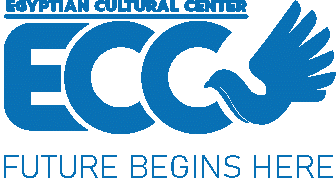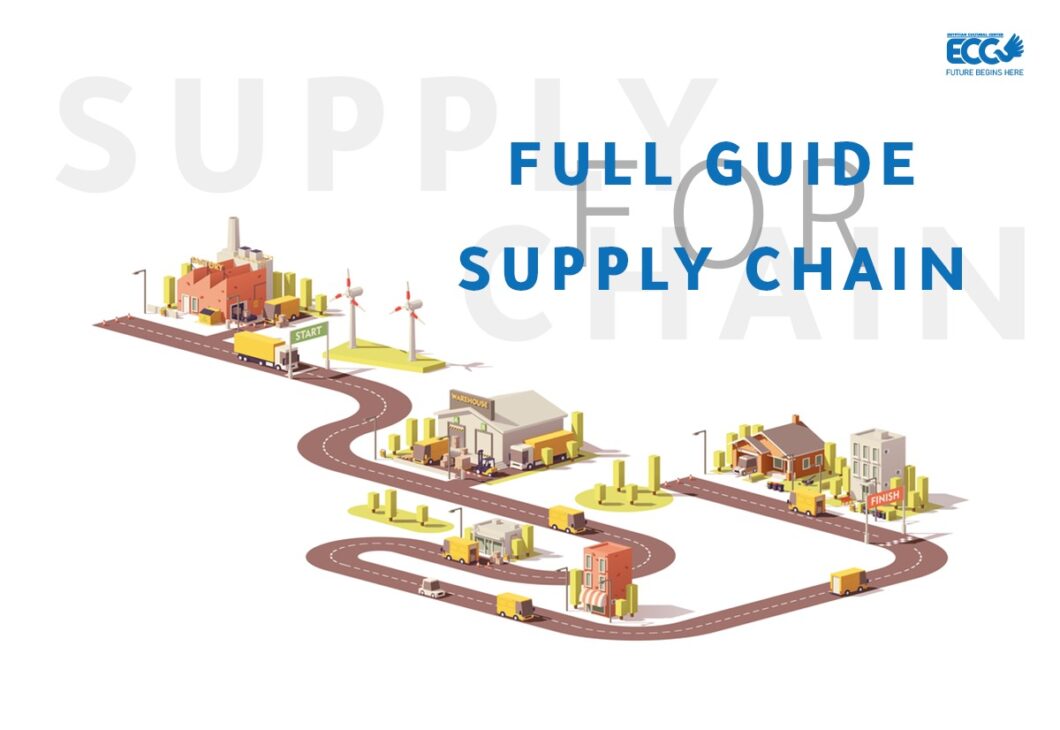a supply chain is the set of activities, facilities, and means of distribution necessary to carry out the process of selling a product in its entirety. This is, from the search for raw materials, their subsequent transformation to manufacturing, transportation, and delivery to the final consumer.
In other words, the supply chain is a strategic and logistical function that involves all the operations that are essential for merchandise to reach the final customer in optimal conditions.
WHAT IS THE SUPPLY CHAIN?
A supply chain refers to a chain of entities and activities whose task is to provide products and services to a customer. The entire supply chain can be represented by the main processes: acquisition, production, distribution, customer contacts, all of which are covered by planning.
In a broader sense, the term ” supply chain ” also refers to a development concept intended to optimize this chain.
Supply chain objective
The main objective of the supply chain is to satisfy the needs of the end customer in the best possible way.
- Deliver goods and services on time.
- Avoid unnecessary losses or losses.
- Optimize distribution times.
- Adequate inventory and warehouse management.
- Establish adequate communication and coordination channels.
- Deal with unforeseen changes in demand, supply, or other conditions.
The supply chain consists of three basic elements:
- Supply: Refers to the activities necessary to obtain and deliver the raw materials for production.
- Manufacturing: It is the process where raw materials are transformed to achieve a different product or service.
- Distribution: It is in charge of getting the products or services to the final consumers through a transport network, commercial premises and warehouses.
Activities in the supply chain
The supply chain is not always the same, its form, and the activities it includes depend on the good or service we are analyzing. In some situations, certain production, purchase, or distribution operations will be required. But sometimes only some of these processes will be required.
In any case, regardless of the specific form of the supply chain, there are certain activities that are common and necessary to optimize the final result. These are:
- Planning
- Stock management.
- Purchase order processing.
- Transfers and dispatch.
- Contingency monitoring and control.
- Customer service.
- Warranty administration.
- Payment processing.
A transversal approach that focuses more on processes than on professional excellence.
Overview based on software integration and data exchange.
Practical approach: for each individual case we apply the best solution.
When end-users and suppliers are considered in the process, we are talking about a global supply chain.
The combination of production and logistics provides the supply chain by developing an ERP system designed to plan and manage business resources.
The concept of ” supply chain ” appeared and gained official status in the late 1980s and early 1990s through a series of constituent documents, even after the creation of 400 supply chain councils that defined terminology and tools, started by 400 manufacturers and distributors (1996).
PROCESS MAPPING AND SYNCHRONIZATION
The supply chain covers all activities involved in value creation. A feature of this approach is to go beyond the company, from its suppliers to the end-user.
In practice, the process proceeds as follows.
Breaking, analysis, and linking of existing processes.
Correcting poorly performing processes and creating missing processes.
Adapt these processes to provide comprehensive and integrated leadership.
For this, it is necessary to prepare a complete mapping of all business processes and decompose each process into threads, procedures, work instructions, and manuals.
The advantage of this mapping is that we get an overview and detail of the company’s supply chain: we know who does what, how they do it, who is their supplier, and who is the customer.
This guarantees that nothing is forgotten, that everything is under control, and that all the objectives facing each link in the chain, each direction (production, acquisition, human resources, technology, finance, etc.) coincide.
The optimal set of conditions for a company it is not the same for each of the components (instructions), sometimes you must accept “get stuck” in one of the components to allow everyone to earn more in the end.
MEANS OF INTERACTION BETWEEN CUSTOMERS AND SUPPLIERS
Very often, supply chain activities are presented as a set of interrelated actions: from the company’s initial supplier to the final consumer of the overall supply chain.
And for the internal chain from the general administration to the instructor of the site: this is a vote, information, a goal, shared in real-time.
If there is a delay or slowdown in one of the links in the supply chain: all the links in this chain know it at the same time and interact to find the optimal solution for the company.
One of the keys to the success of an effective supply chain is the exchange of information in real-time and the creation of a collegial solution by all participants in the process, without exception.
This helps to minimize response times and take corrective action plans more effectively in relation to risks (interruptions in supply, inadequate quality, changes in business demand, etc.).
By taking a supply chain, you will obtain professional certification from ECC “Egyptian Culture Center”
In this link, you can check the information related to the access requirements, the admission criteria, and tests, or the documentation you need to request access.
If you wish, you can also contact us to clarify doubts or expand some type of information.


